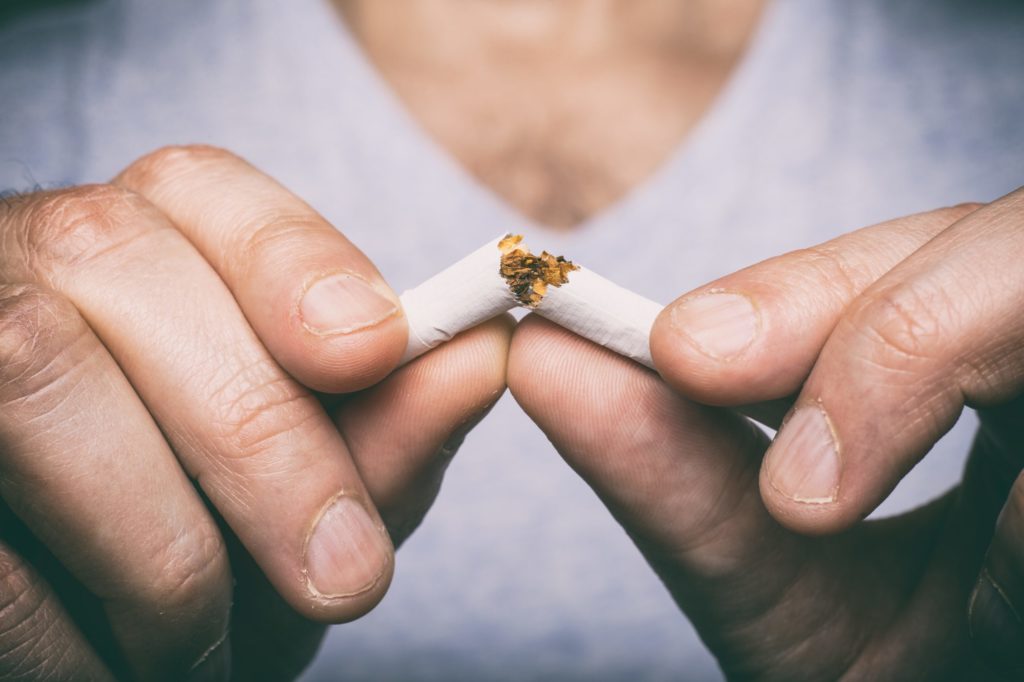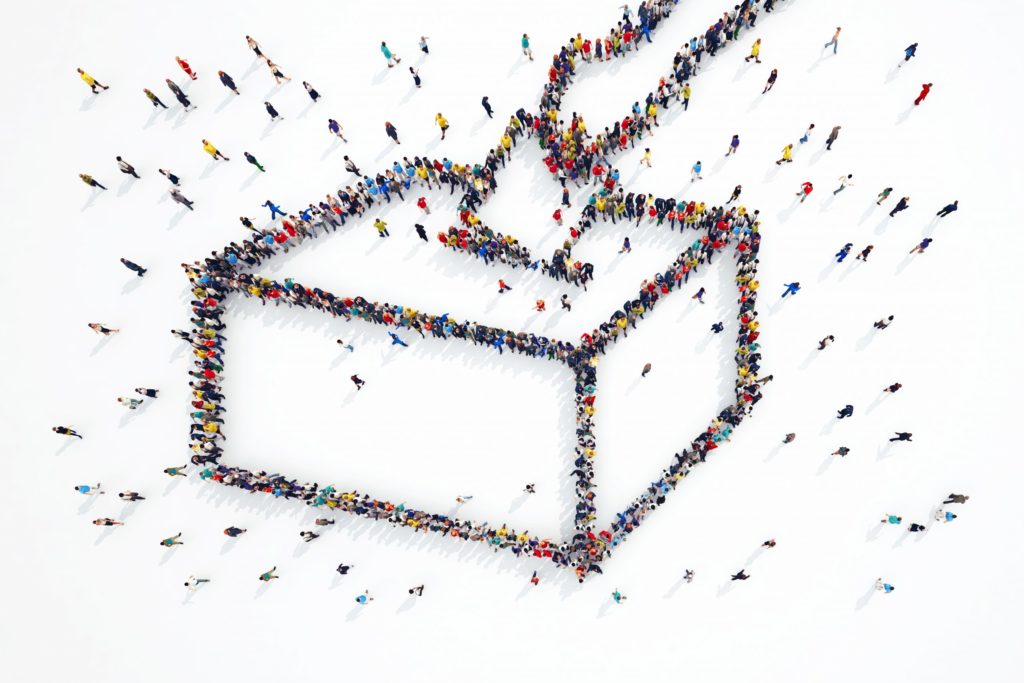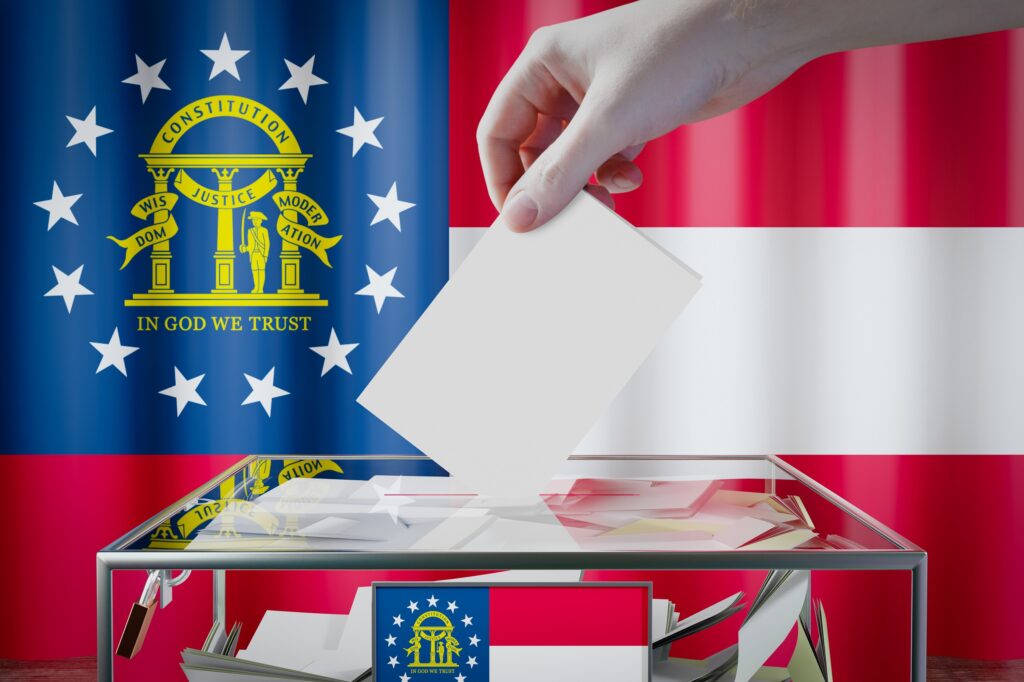Alcohol Licensing Quantity Caps
Author
Key Points
Alcohol licensing regimes have been present in America since colonial times.
Governments often restrict or “cap” the number of licenses that a single entity can own or possess.
Licensing caps create a host of unintended consequences while not delivering noticeable safety benefits.
Policymakers should seek to reform and modernize alcohol licensing caps to provide more retailing options for American consumers.
Media Contact
For general and media inquiries and to book our experts, please contact: pr@rstreet.org
BACKGROUND
The COVID-19 pandemic, like any largescale and unexpected event, caused a host of policy responses and changes as lawmakers sought to respond to the ways in which the virus impacted modern life.
The alcohol sector likely saw as many changes as any sector, largely due to the fact that much of the legal structure governing alcohol sales and access is based on rules created upward of a century ago.
The most publicized reforms have been states and localities allowing innovations like to-go cocktails from restaurants or alcohol delivery to our doors. But the need to modernize alcohol rules in the new normal of COVID-19 extend to other realms, as well.
A robust licensing system has been used to regulate and govern alcohol since colonial times in America. Today, producers, distributors and all varieties of retailers must obtain specific types of licenses to operate. These licenses are used to control how, when and where alcohol is produced, distributed or sold.
In addition to the licenses themselves, governments often implement various restrictions on the availability of licenses, such as limiting what types of entities can possess them or how many licenses a single entity can own at one time.
While theoretically implemented to address potential negative externalities from alcohol, these restrictions mostly serve to create a host of unintended consequences that arbitrarily limit efforts to modernize alcohol rules.










